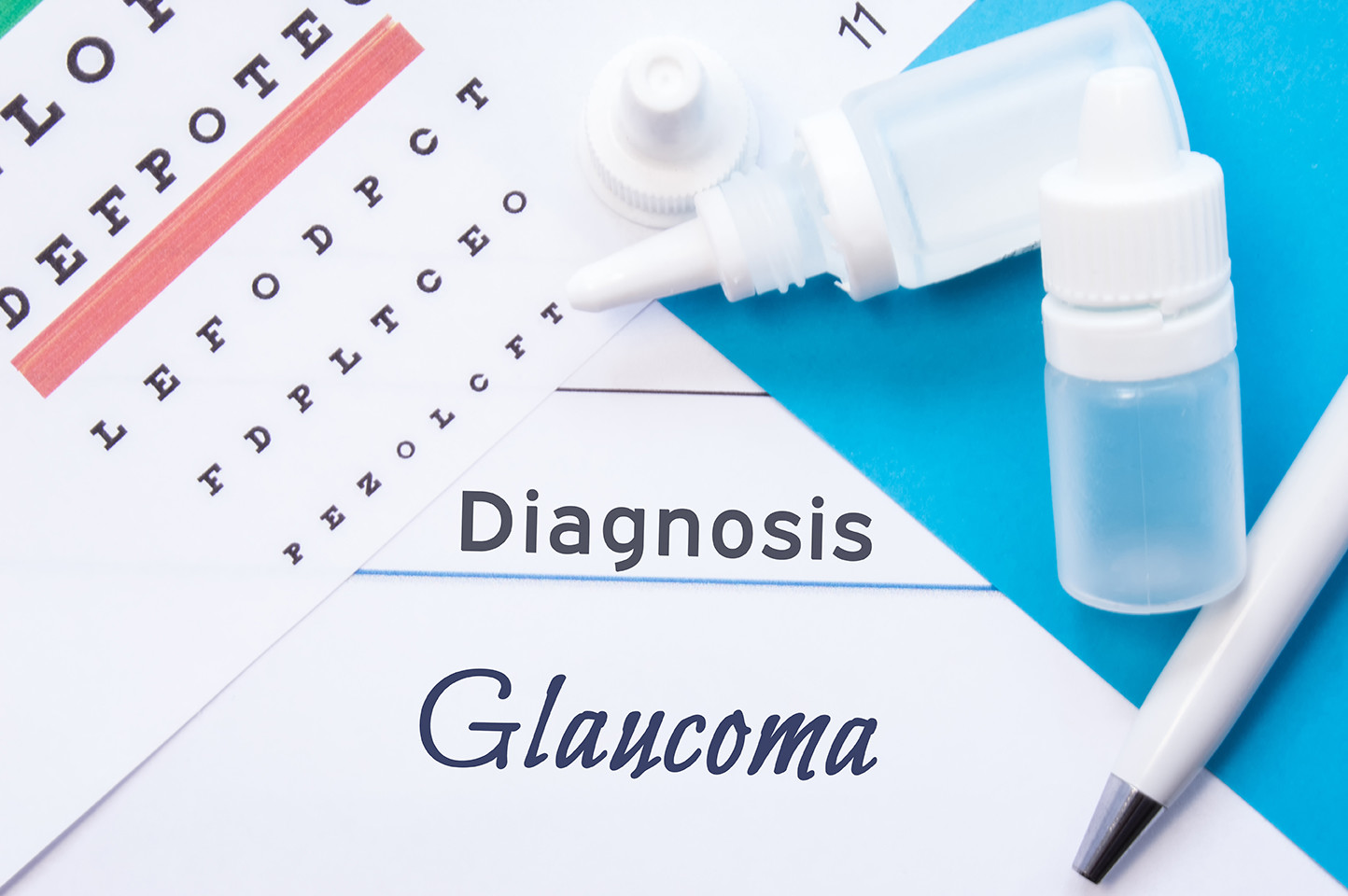Glaucoma is a diabetic eye problem that can lead to irreversible vision loss. It is one of the major causes for blindness and one that needs aggressive management. Glaucoma is a diabetes complication that arises due to high sugar levels, high blood pressure, and other conditions like high cholesterol.
Diabetes and eyes – Diagnosis of Glaucoma
Glaucoma is a diabetes side effect that occurs when fluid accumulates in the front part of the eye. This increases the pressure inside the eyes (intraocular pressure) and damages the optic nerve. Fluid retention and buildup occurs in diabetes as a result of poor blood circulation and nerve damage. People with diabetes and high blood pressure are at a higher risk of developing glaucoma.
With increase in the intraocular pressure and high blood sugar levels, the tiny nerve fibers that constitute the optic nerve are damaged. This leads to the development of blind spots in the field of vision and progressive vision loss. Glaucoma is a major diabetes complication and a leading cause of blindness.
Since glaucoma is a major diabetes side effect and a leading cause of blindness, diabetes doctors and ophthalmologists advise an eye examination periodically based upon the risk of a person to get glaucoma.
While glaucoma is generally suspected in a normal eye examination, certain diagnostic tests are prescribed in order to confirm the diagnosis of glaucoma. These tests include:
Diagnostic tests for glaucoma
- Tonometry – This test is done to determine the intraocular pressure
- Ophthalmoscopy – This test is done to examine (damage to) the optic nerve
- Gonioscopy- This test measures whether the angle where the iris meets the cornea is wide, open, or narrow
- Pachymetry – This test is done to measure the corneal thickness
- Perimetry- This test is done to measure the field of vision
- Slit-lamp examination
- Optical coherence tomography
- Dilated fundus examination
- Laser scan of the retina (Laser tomography)
- Heidelberg Retinal Tomography
Based upon the results of these tests, the treatment options for glaucoma is evaluated and the appropriate treatment is given by the ophthalmologist in conjunction with a diabetes doctor.











